Year 6
The English curriculum is built around the three interrelated strands of language, literature and literacy. Teaching and learning programs should balance and integrate all three strands. Together, the strands focus on developing students' knowledge, understanding and skills in listening, reading, viewing, speaking, writing and creating. Learning in English builds on concepts, skills and processes developed in earlier years, and teachers will revisit and strengthen these as needed.
In Years 5 and 6, students communicate with peers and teachers from other classes and schools, community members, and individuals and groups, in a range of face-to-face and online/virtual environments.
Students engage with a variety of texts for enjoyment. They listen to, read, view, interpret and evaluate spoken, written and multimodal texts in which the primary purpose is aesthetic, as well as texts designed to inform and persuade. These include various types of media texts including newspapers, film and digital texts, junior and early adolescent novels, poetry, non-fiction and dramatic performances. Students develop their understanding of how texts, including media texts, are influenced by context, purpose and audience.
The range of literary texts for Foundation to Year 10 comprises Australian literature, including the oral narrative traditions of Aboriginal and Torres Strait Islander Peoples, as well as the contemporary literature of these two cultural groups, and classic and contemporary world literature, including texts from and about Asia.
Literary texts that support and extend students in Years 5 and 6 as independent readers describe complex sequences, a range of non-stereotypical characters and elaborated events including flashbacks and shifts in time. These texts explore themes of interpersonal relationships and ethical dilemmas within real-world and fantasy settings. Informative texts supply technical and content information about a wide range of topics of interest as well as topics being studied in other areas of the curriculum. Text structures include chapters, headings and subheadings, tables of contents, indexes and glossaries. Language features include complex sentences, unfamiliar technical vocabulary, figurative language, and information presented in various types of graphics.
Students create a range of imaginative, informative and persuasive types of texts such as narratives, procedures, performances, reports, reviews, explanations and discussions.
(source: www.australiancurriculum.edu.au)
Achievement Standard
Receptive modes (listening, reading and viewing)
By the end of Year 6, students understand how the use of text structures can achieve particular effects. They analyse and explain how language features, images and vocabulary are used by different authors to represent ideas, characters and events.
Students compare and analyse information in different and complex texts, explaining literal and implied meaning. They select and use evidence from a text to explain their response to it. They listen to discussions, clarifying content and challenging others' ideas.
Productive modes (speaking, writing and creating)
Students understand how language features and language patterns can be used for emphasis. They show how specific details can be used to support a point of view. They explain how their choices of language features and images are used.
Students create detailed texts elaborating on key ideas for a range of purposes and audiences. They make presentations and contribute actively to class and group discussions, using a variety of strategies for effect. They demonstrate an understanding of grammar, and make considered vocabulary choices to enhance cohesion and structure in their writing. They use accurate spelling and punctuation for clarity and make and explain editorial choices based on criteria.
(source: www.australiancurriculum.edu.au)
- Plus Plan
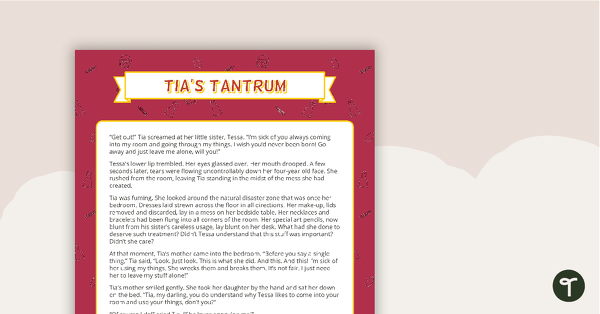
Comprehension - Tia's Tantrum
A comprehension activity using a narrative text.
- Plus Plan
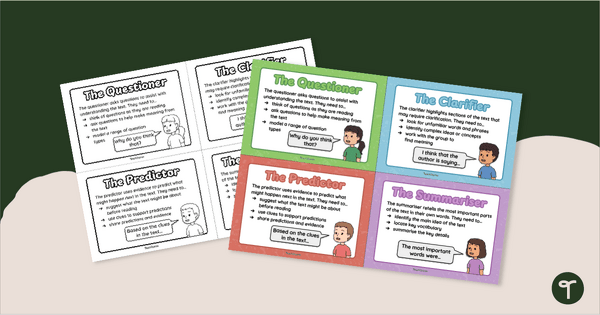
Reciprocal Teaching Role Cards
Assign reciprocal style teaching roles to your students during small-group reading sessions with this set of 4 reciprocal teaching role cards.
- Plus Plan
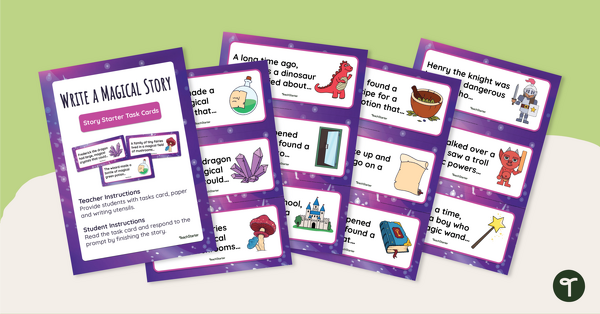
Magical Story Starters Task Cards
Get your students writing magical stories with this set of story starter task cards.
- Plus Plan
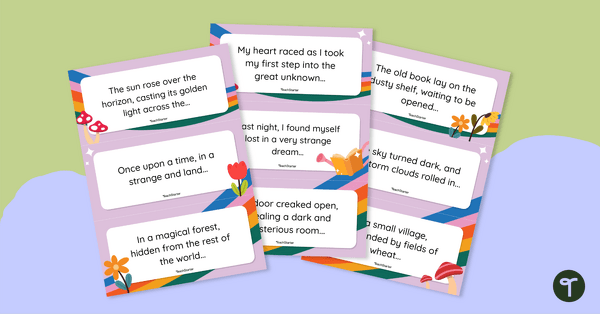
Inspiring Story Starters Task Cards
Get your students writing inspiring stories with this set of story starter task cards.
- Plus Plan
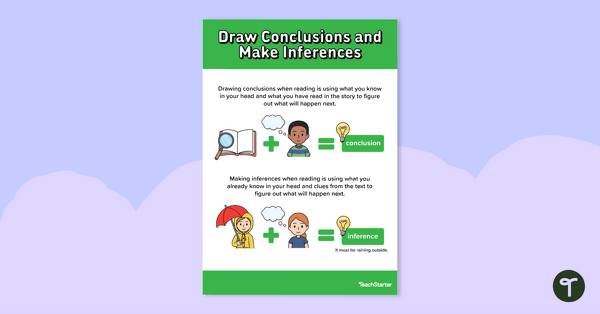
Inferring and Drawing Conclusions Poster
A poster highlighting how to draw conclusions and make inferences when reading a piece of text.
- Plus Plan
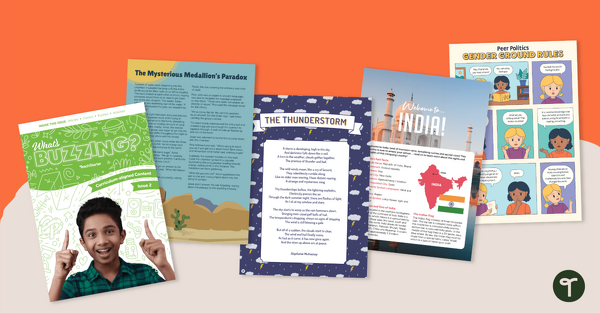
Year 6 Magazine - What's Buzzing? (Issue 2)
Issue 2 of our beautifully designed, 24-page reading magazine specifically designed for Year 6 students.
- Plus Plan
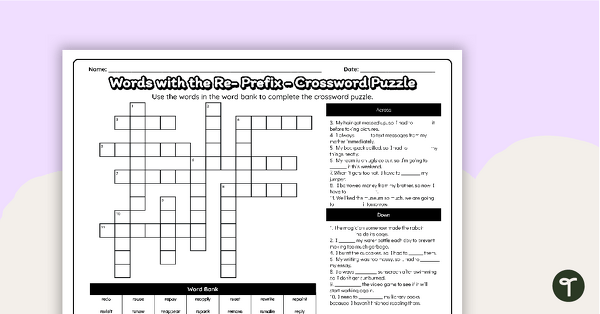
Re- Prefix Crossword Puzzle
Review vocabulary skills and boost your students’ knowledge of the “Re-” prefix with a crossword puzzle worksheet.
- Plus Plan
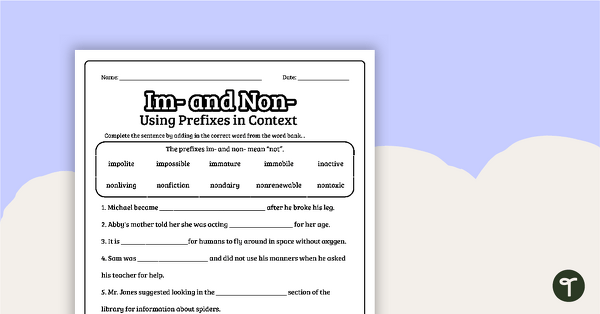
Im- and Non- Prefixes Worksheet
Consolidate students' understanding of im- and non- prefixes with a prefix worksheet.
- Plus Plan
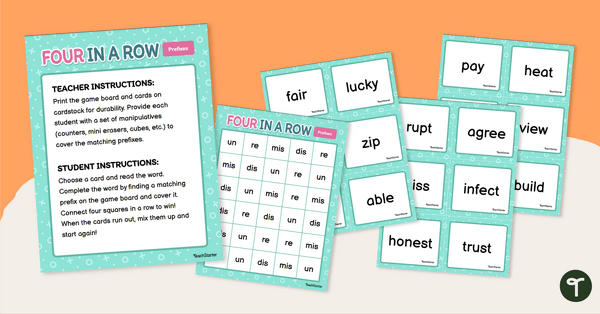
Prefix Vocabulary Game - Four in a Row
Practise matching words to their common prefixes with an exciting Four in a Row Vocabulary Game.
- Plus Plan
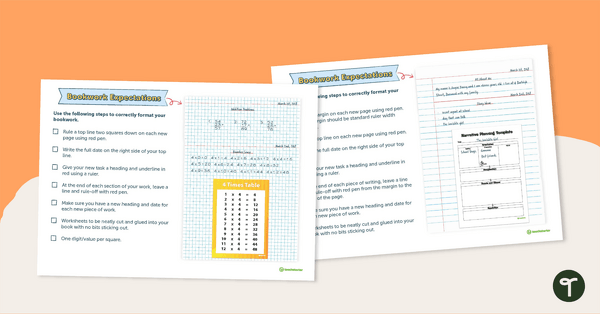
Bookwork Expectations Posters
A checklist for students to refer to when displaying bookwork.
- Plus Plan
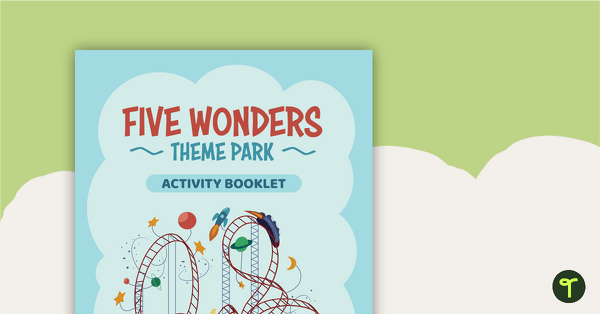
Five Wonders Theme Park: Takeout Takeover – Project
A project for students to create a menu and food truck model for Five Wonders Theme Park based on the Frida's Fiesta menu.
- Plus Plan
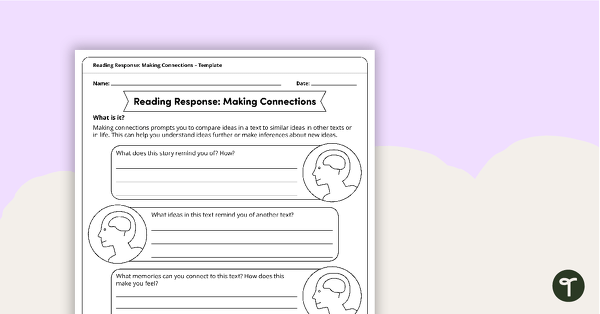
Reading Response Making Connections – Template
A comprehension template for students to learn how to make connections.
- Plus Plan
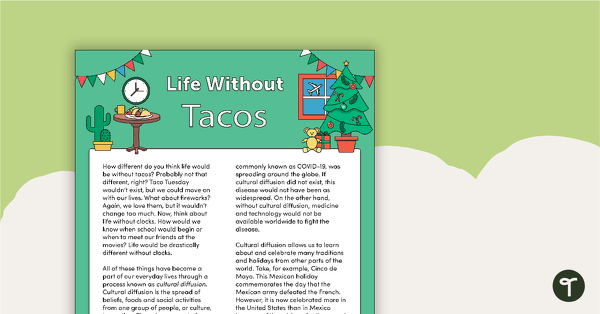
Life Without Tacos – Comprehension Task
A comprehension passage and accompanying worksheet about cultural diffusion.
- Plus Plan
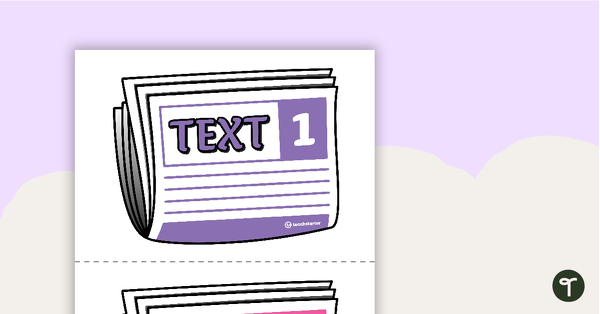
Informative Writing Bump It Up Wall – Year 6
A visual display for your classroom to help students ‘bump up’ their informative writing.
- Plus Plan
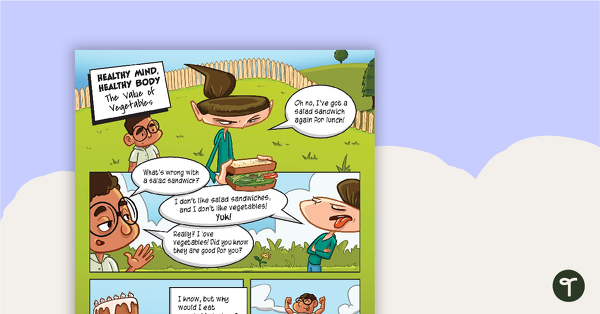
Healthy Mind, Healthy Body: The Value of Vegetables – Worksheet
A comprehension worksheet for a comic from the Year 5 magazine (Issue 2).
- Plus Plan
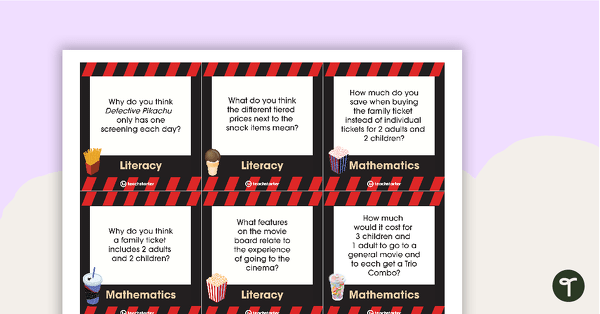
Colossal Cinemas – Task Cards
54 activity task cards based on the Colossal Cinemas stimulus poster.
- Plus Plan
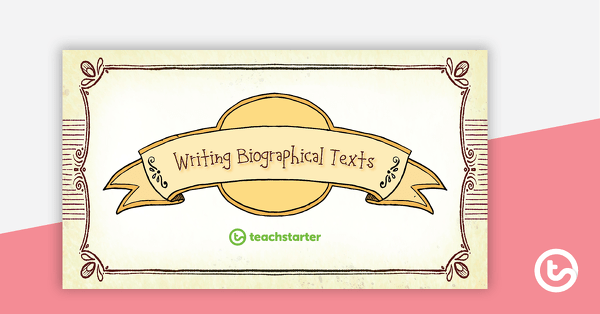
Writing Biographical Texts PowerPoint
A 29 slide editable PowerPoint template to use when teaching older students about the structure and language features of biographical texts.
- Plus Plan

Explanation Text Writing Task – How Does a Plane Fly?
A scaffolded writing task for students to complete when learning about the explanation text type.
- Plus Plan
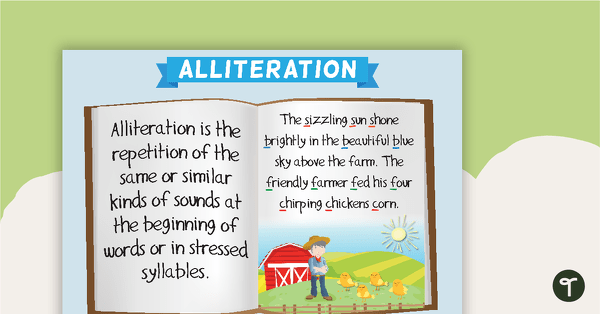
Alliteration Poster
A poster providing a definition and examples of alliteration.
- Plus Plan
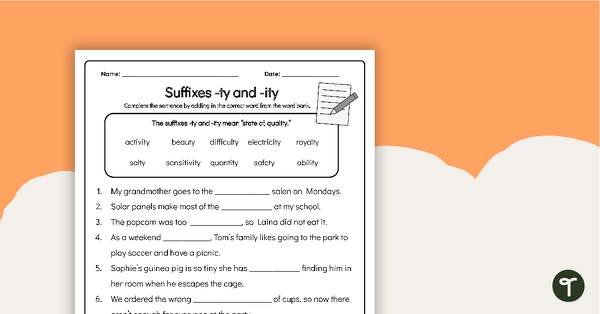
-Ty and -Ity Suffixes Worksheet
Practise using the suffixes -ty and -ity with a printable suffix worksheet.
- Plus Plan

Elements of Poetry Worksheet - Structure, Rhyme and Rhythm
A worksheet to help students understand structure, rhyme and rhythm in poetry.
- Plus Plan
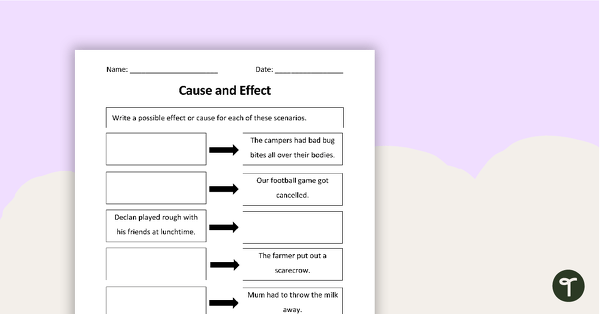
Cause and Effect - Scenario Worksheet
A worksheet and answer sheet to use when teaching students the cause and effect comprehension strategy.
- Plus Plan
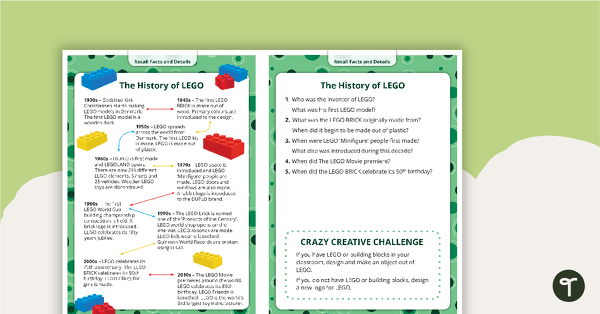
Comprehension Task Cards - Recalling Facts And Details
A set of comprehension task cards to help students recall facts and details when reading.
- Plus Plan
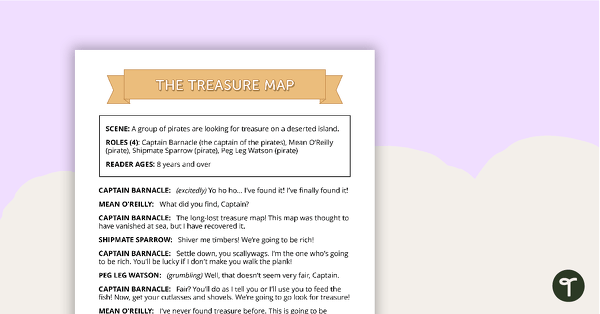
Comprehension - Treasure Map
A fun script and set of questions to help students develop reading and comprehension strategies.
- Plus Plan
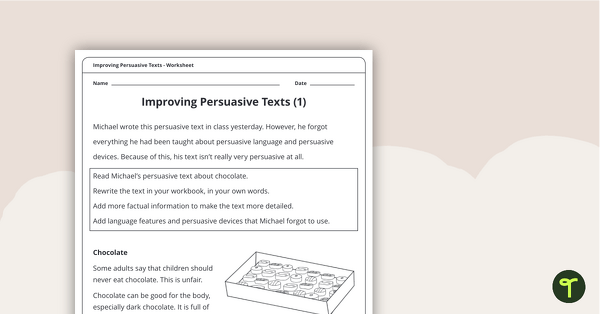
Improving Persuasive Texts Worksheets
3 pieces of text for students to rewrite in order to make them more persuasive.
- Plus Plan
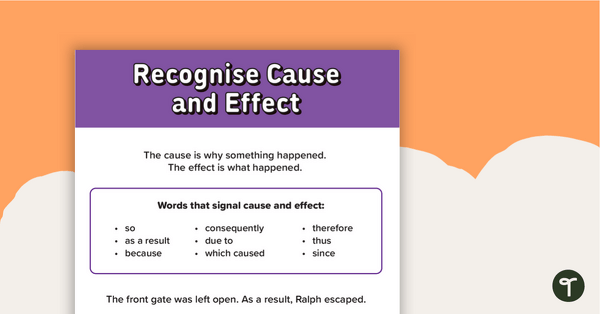
Recognise Cause and Effect Poster
A poster highlighting how to recognise cause and effect when reading a piece of text.
- Plus Plan
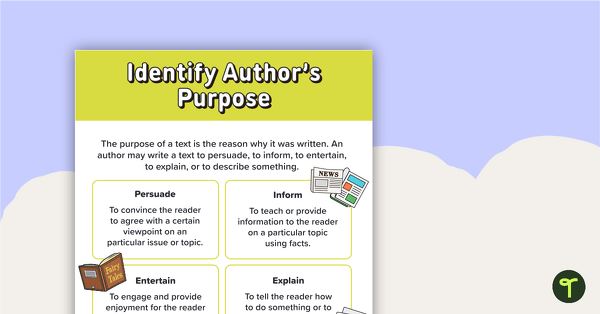
Identify Author's Purpose Poster
A poster highlighting how to identify the author's purpose when reading a piece of text.
- Plus Plan
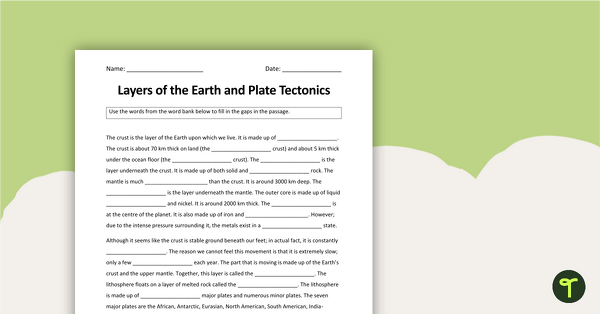
Plate Tectonics Cloze Activity
A cloze activity to use when learning about the layers of the Earth and plate tectonics.
- Plus Plan
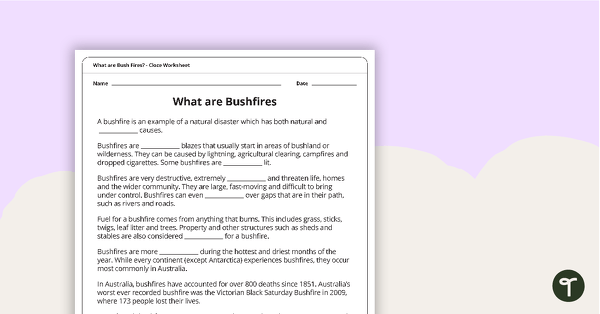
What are Bushfires? Cloze Worksheet
A cloze worksheet about bushfires.
- Plus Plan
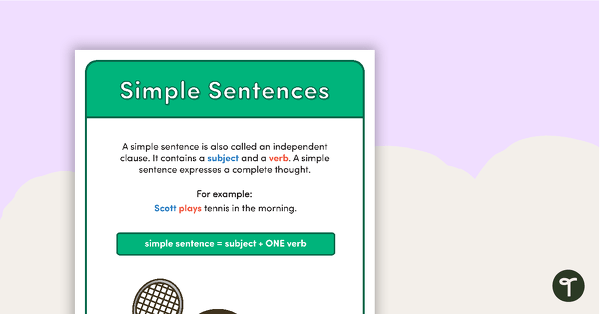
Types of Sentences Posters
A set of 7 posters outlining the structure of various types of sentences.
- Plus Plan

Adjective Grammar Card Game – Flip It!
A fun game for students to play in small groups to consolidate their understanding of adjectives.
- Plus Plan

Cut and Paste Shades of Meaning Verb Sort
Engage your students in exploring subtle differences between verbs with this set of two cut and paste worksheets.